It was not a good day.
I was alone in the house, a rare experience that I would usually crave. Today, though I felt vulnerable and exposed. I couldn’t understand why.
I’d had a very intense EFT session with D at the weekend. At one point, and in recognition of the insights we’d made she’d said, now we’re sucking on diesel. I laughed out loud and made a mental note. What a wonderful phrase! She’d talked about how feeling depressed could be a way to avoiding feeling shame and it rung true for me.
Right now though, I felt both the sting of shame and the burden of depression. What had brought this on?
I sat down to try and meditate and immediately felt an overwhelming gape of terror. Visions and recollections came to me. A boy, cowering beneath a chair, being kicked and slapped. Who was that boy? It felt like me but I had no memory of this. Was it a collage of all the times growing up that I’d felt vulnerable and undefended. And scared?
In his book Homecoming, John Bradshaw encourages his readers to go back to difficult moments in their childhood with all the resources and knowledge they now have as adults and defend and advocate on behalf of their inner child.
In that instant though, the adult me felt just as helpless as that child must have felt in that moment.
Who could I call on to defend and protect this little boy?
And then they came.
Forming a circle of protection around this little boy. These Muslim mothers I’d been teaching for so many years.
First it was Halima. Tall, wrapped in a loose fitting, black or olive-green shawl and head-covering. She wore large, black-framed glasses. With me, she was always softly-spoken and self-deprecating but I knew that had steel running up her spine. I’d seen how fiercely but coolly protective she could be if one of hers was sleighted or under threat. She was a woman who knew how to stand her ground. Halima from Somali formed the first link in the protective ring. Immediately, she began shouting at my invisible assailant and whispering at me to stay down.
Then came Nadia from Egypt. Nadia would hound me throughout classes, demanding more clarity, cross-examining me, picking me up on inconsistencies, complaining about my teaching, fighting with the other students. I didn’t mind her attitude. It was in service of her desire to improve. The work she produced was brilliant and a testament to her perseverance. Plus she always ended the class thanking me in earnest and smiling sweetly. She wore tall, shiny boots, an elaborate creamy headscarf and had begun a fashion import/export business out of her tiny council flat. Nadia formed the 2nd link in the ring and jabbed her finger mercilessly at my assailant.
After, Nadia came Hibo, a streetwise, Somali woman who would not suffer fools gladly. She always carried the biggest phones and the most glamourous Gucci handbags. My classes bored her but she knew she needed the qualification so she suffered through them with some grace. She had a dazzling smile which she could alternate with a withering gaze. She swung her considerable heft around the class with the same abandon she swung her handbag. Hibo formed the 3rd link in the ring and was the most vocal in defending me.
Next came Lina – a Syrian refugee with twins in a clunky double buggy. Timid but resolute, she’d lost a sister in the civil war and wasn’t going to let this shit pass. She could be severe and unforgiving and passionate. And she was all of these things, in defence of me, right now.
Then came Nasra, from Somalia via Rome. With a generous, easy-going way, indulgent laugh and wonderful Italian/Somali style that effortlessly married navy blue shawls with tweed jackets and chunky belts, Nasra formed the 4th link in the ring.
Next there was Raqiya – also from Somalia, tall and bustly with a light-up-the-room laugh and smile. And Dhekra, from Yemen, an ex-teacher, fiercely defensive of her country and culture and her disabled 7 year old son. And Mastura from Sudan always frowning and worrying and doubting herself but with a will of steel. And Hamdi, from Somalia who’d had a young son in intensive care in Great Ormond’s Street hospital for years on end and so knew a thing or two about protection and advocacy and pain.
All of these women forming a ring around me. Loving me and protecting me.
Keeping me safe from harm.
A family.
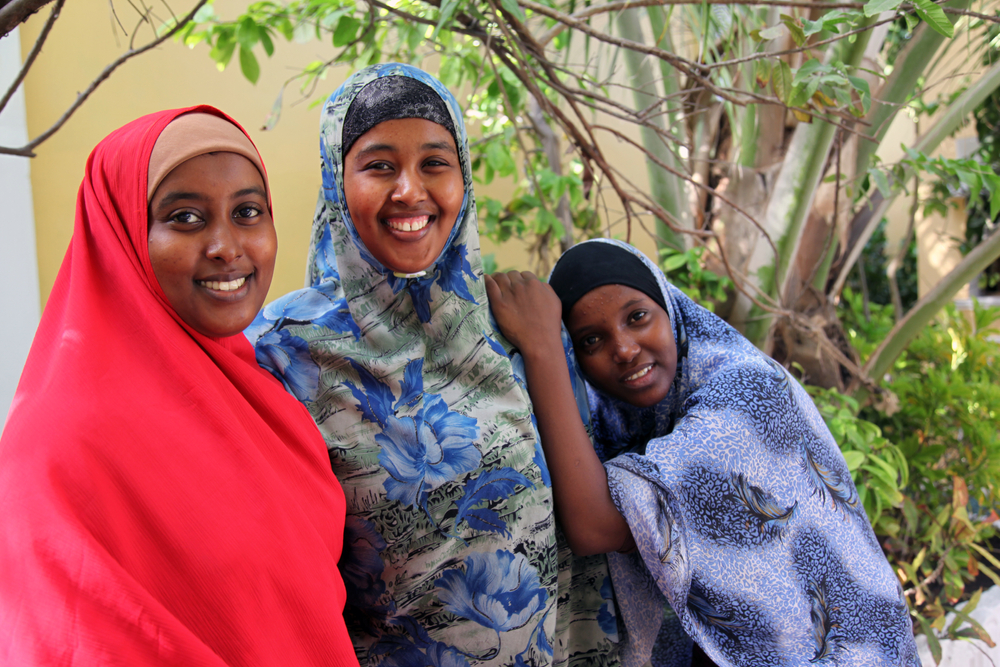
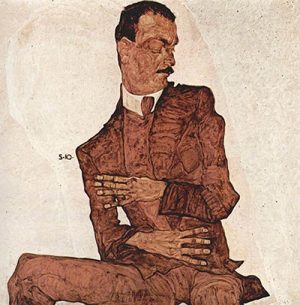
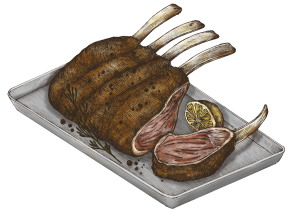
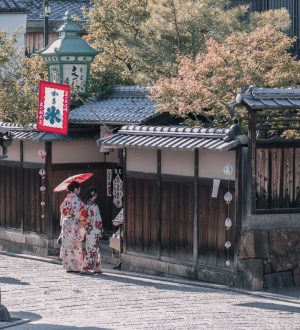

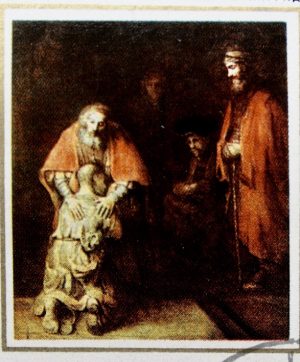
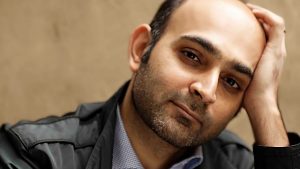

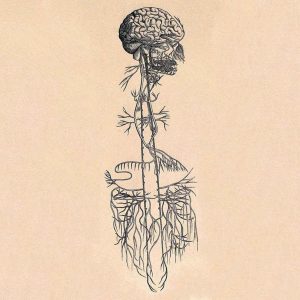
0 Replies to “MUSLIM MOTHER AS ARCHETYPE OF PROTECTION (2/3)”